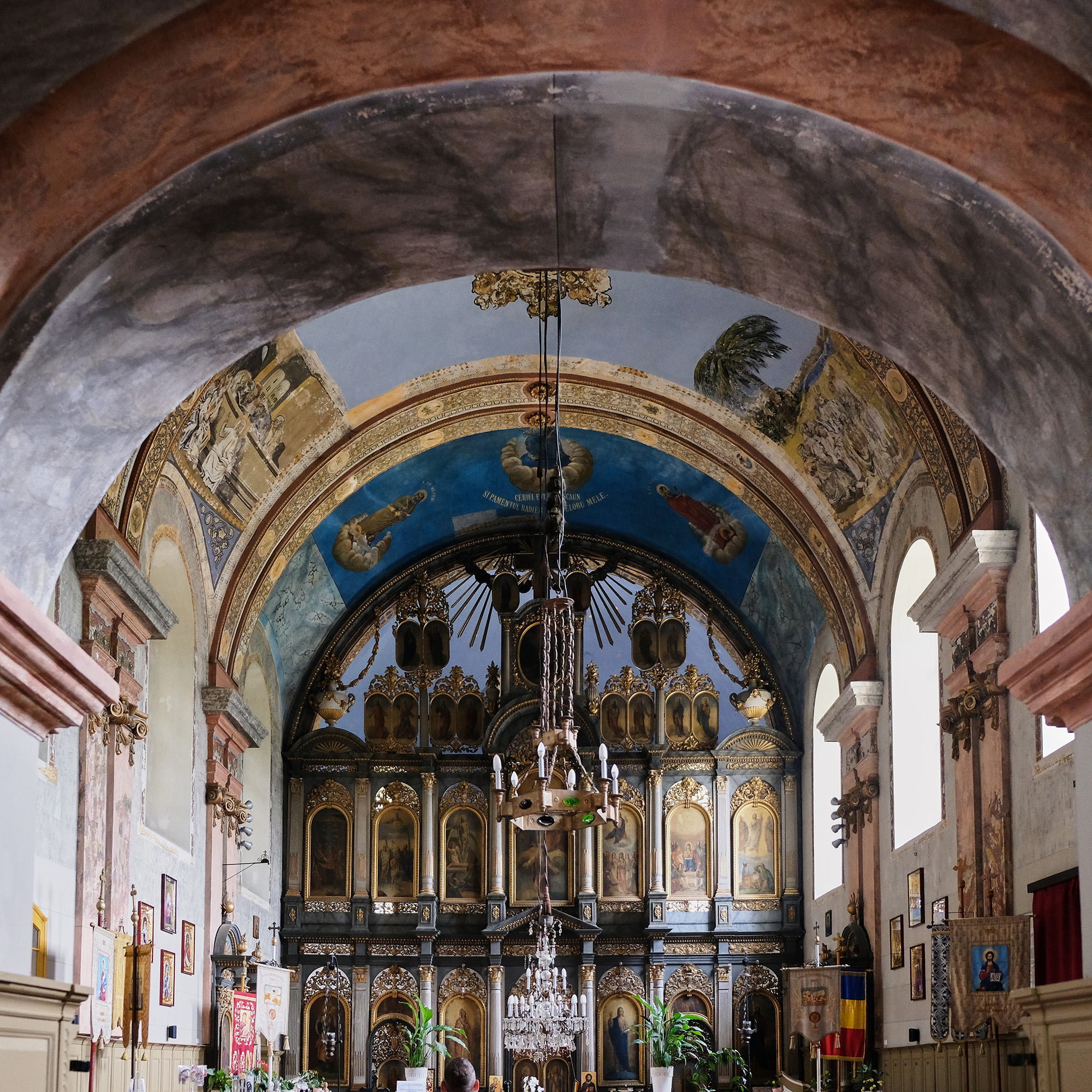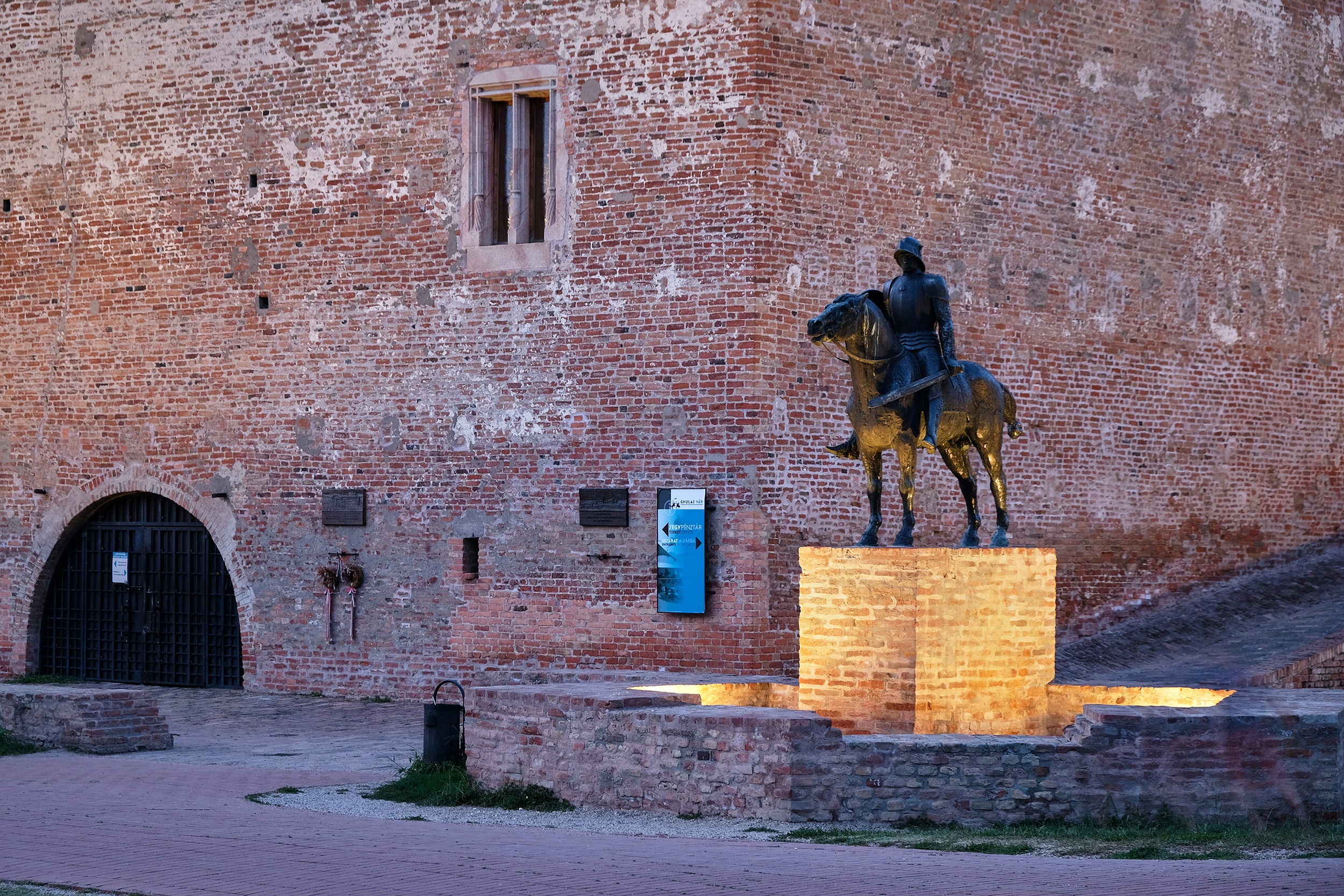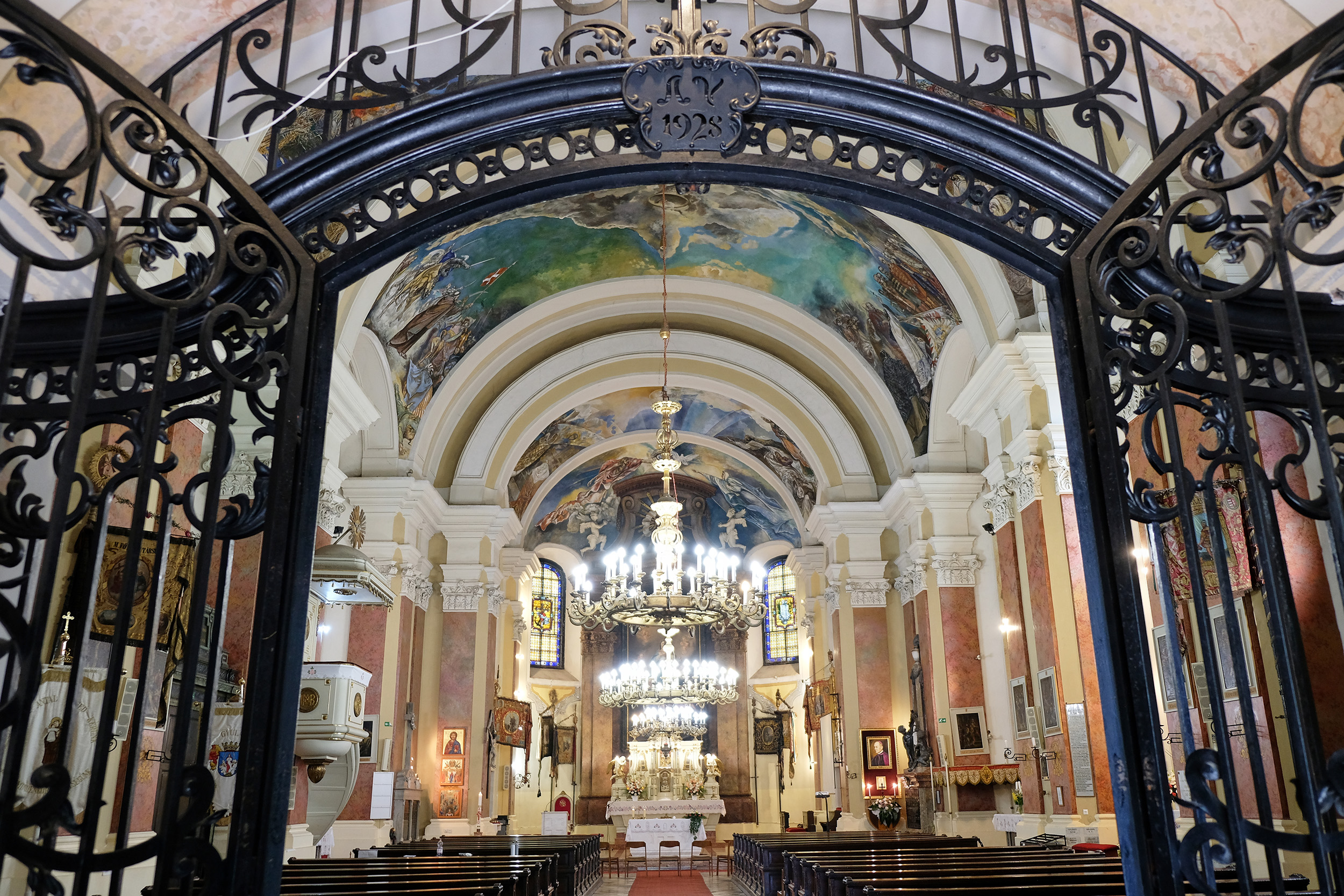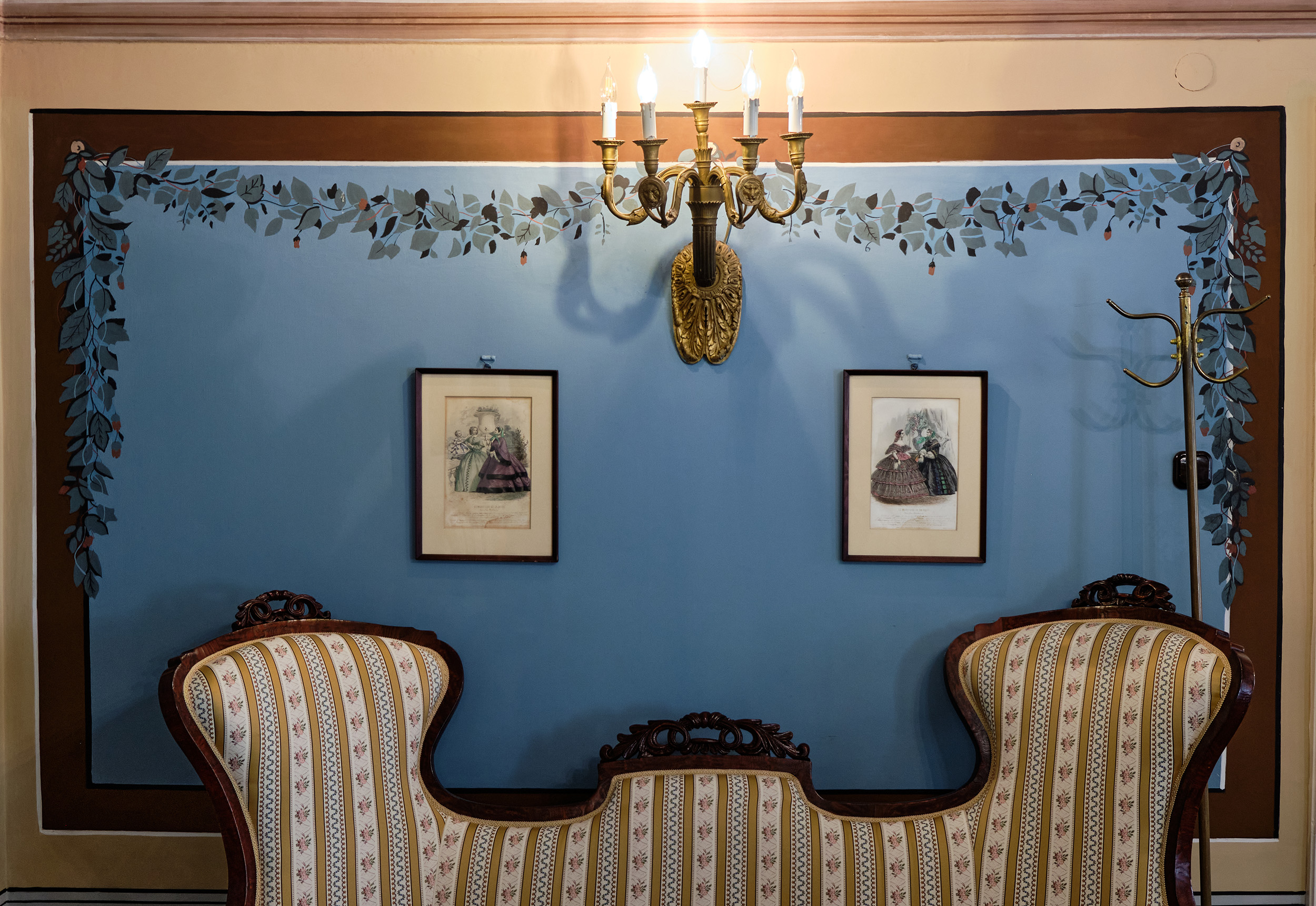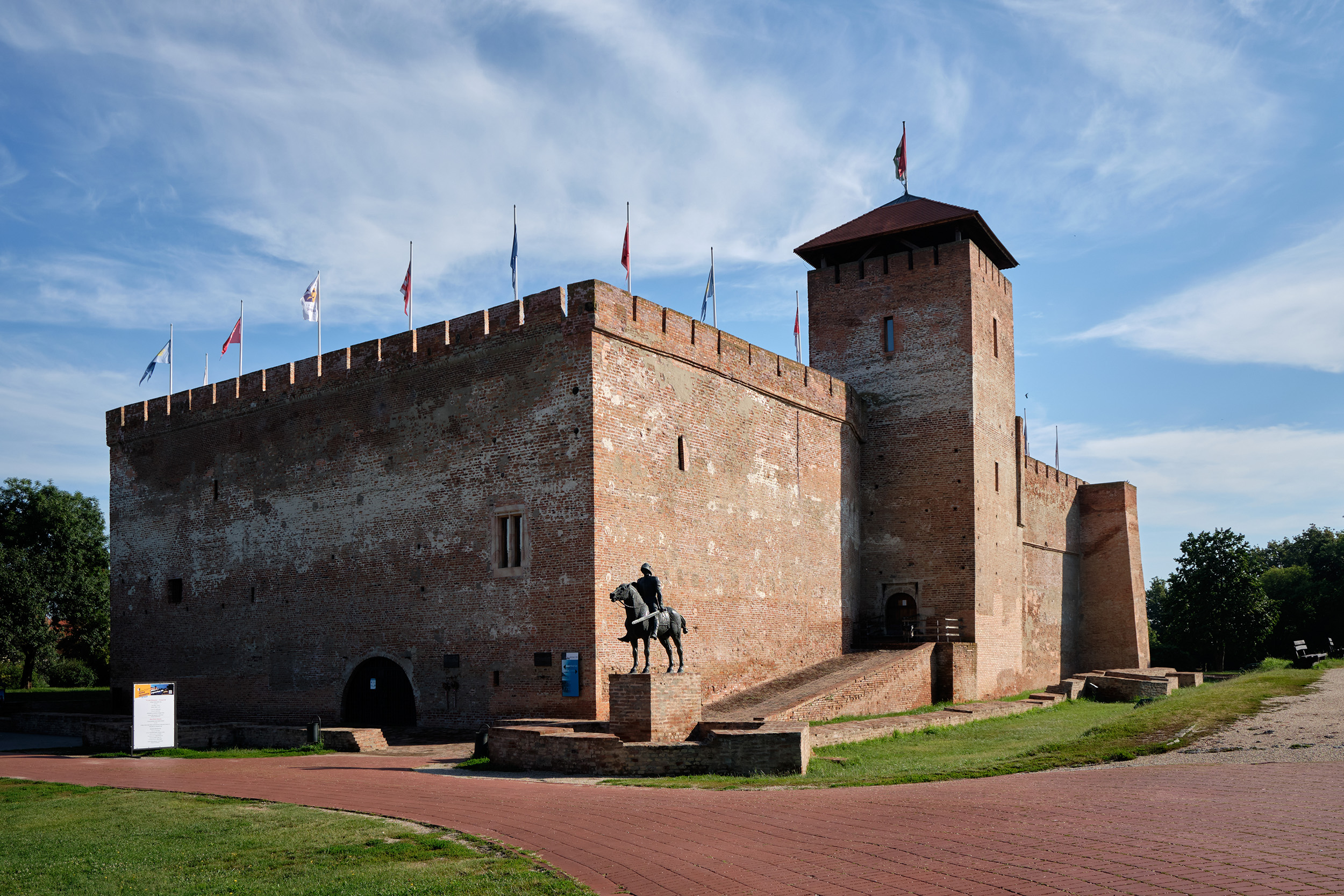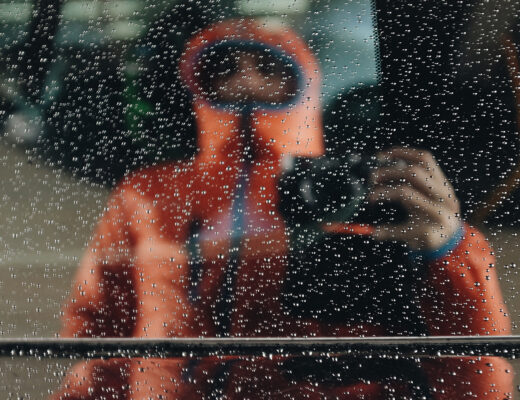It is no doubt technical perfection is the drive of today’s digital imaging business and I have no issues with that. We as end users are pleased that gadgets and software are now easily accessible for us to interpret our artistic vision and furthermore, reinvent ourselves. The word „artistic” may be stretching the truth as we’re just talking about living our day to day lives whilst trying to squeeze in moments when both time and lighting conditions permit to capture memories in the best way possible.
I simply like photography being a pure, colourful and endless source of self expression. Having been a photo enthusiast for decades it is heartwarming to see how much my grandchildren love the old slides, paper prints and lately the high quality photobooks and large prints.
It is difficult to comprehend classical music, but once you have some experience and you can spend a full hour to concentrate on your chosen piece it will help you to explore yourself and find its true meaning. Likewise, a full hour spent on ONE subject and ONE composition while the natural light varies will help you to appreciate the beuty of nature and architecture of old times.
My one hour encounter with the 600-year-old Gothic fortress happened in the blue hour, right after sunset. The harsh light gently disappeared to give the conductor’s wand to the beautiful diffused lights and colours of blues, yellows and reds.
I arrived at 8pm and stayed at the same position till 9pm. Precisely mounted my not-so-special tripod like a cellist would set up his instrument. One exposure in every other minute was taken. It was an instinctive decision to stick to the chosen composition and record the changes of light only. It was amazing to see how the clouds were slowly crawling into the frame and how street lights began to dominate. The almost invisible dark fortress standing in harsh backlight emerged step by step and dominated the scene like a star.
To be honest, I did not expect any surprises. It was meant to be quite a straightforward experiment, a kind of lonely pastime to even out the daily rush and stress. Then the sun went down, the artificial lights came up and to my surprise people started gently walk towards my camera.
This interaction with the locals was something I hadn’t had a chance to experience before.
A few locals and tourists stopped, had took a curious peek at the display of my cameara and said to me „what a beautiful fortress”. My first chat was with a young boy who liked the tripod so much that wanted to play wit it. It was a pleasure to show him the legs, locks and leveling bubble. Then a teenage girl got impressed by the scene and tried hard to find her own composition with her cell phone. The auto flash fired and probably had little effect on her exposure, but she was happy, thanked for the experience with a smile and left the spot. One hour swiftly passed. The constantly changing lighting conditions in the blue hour and mild summer breeze created an atmosphere that is hard to forget. Photography brought us together. And the human contact delivered a mood of childhood summers when the family used to have time to share, listen to and chat. It was humanity with timelessness in a period when Covid builds walls and boundaries.
As for the settings I used, that a photographer should not forget to mention: they were consistent. ISO set at 200, aperture at f/5.6 and the time is at 1 second (it was increased to 3 second in the last 15 minutes). OIS (optical image stabilization) was turned off. Film simulation was the standard Provia, while both JPEG fine and compressed RAW files were recorded. Though I have used the Fujifilm X system for 3 years, I could never find any practical difference between compressed and uncompressed RAW. Why do I record JPEGs as well? Simply put, they are fantastic and deliver true overall representation of the scene and light conditions. The colours are rich but never oversaturated generating overall well balanced photos. Post-processing is often unnecessary, as such my pictures get very little enhancement. In the case of the fortress, the compressed RAW file was used for a simple reason. The darks of the foreground needed significant shadow recovery to reveal the structure of the cobble stone. Since 3 stops local exposure increase was necessary JPEGs would have been unusable. However, I use the JPEGs as the visual memory of the scene, i.e. a target idea while post processing the RAW file.
And what about the recovery process from Covid? Present article might not be the perfect opportunity to discuss such a subject, but I can state it has clearly increased my appetite for photography. My workflow has slowed down and I immerse deeper in the process appreciating every element that may enhance the result. Tiny bits get a never experienced importance and deliver pleasure through photography. Instead of photographing vistas, small details and simplistic compositions are preferred. I take more time by selecting the right angle of view, the not-so-obvious optimum crop and can patiently wait for the decisive moment. Interestingly, as few as one potentially good picture a day makes my day.
I used my trusty Fujifilm X-E3 with the standard XF18-55mm f/2.8-4 R LM OIS zoom.
Location is Gyula in Hungary.


